Locating and quantifying fugitive
and diffuse emissions

Atmospheric emissions are an increasing concern, posing challenges for air quality and global warming. For that reason, we public authorities and industries have supported addressing these challenges by developing solutions diagnostic of these emissions.
Climate change is no longer a distant threat: it is already affecting your projects, infrastructures, and investments. Anticipating these risks is no longer optional, but a key condition for performance and long-term sustainability.
We provide you with recognised expertise to turn climate constraints into drivers of action and resilience. Our solutions cover the entire risk management cycle:
Analysis & forecasting
Risk assessment
Adaptation planning
Implementation & monitoring
With projects already carried out across Africa, Europe, the Americas, and Oceania, we have supported governments, financial institutions, and businesses in reducing climate risks (floods, wildfires, critical infrastructure exposure) and developing digital decision-support tools.
Our commitment: to provide you with reliable, innovative, and practical solutions that protect your investments, secure your projects, and ensure their resilience in the face of climate challenges.
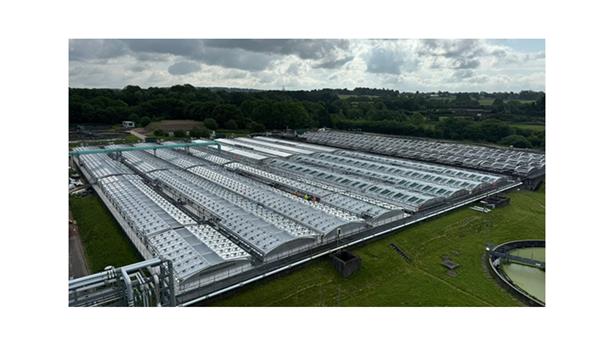
Innovative solution for the treatment of greenhouse gases such as N2O, as well as odorous compounds from surface sources, such as H2S and VOCs.
Main benefits: low-maintenance technology that removes a wide range of pollutants with efficiencies up to 80% and consumes no energy. A cost-effective and sustainable option.
Business sector addressed: Waste and Water facilities, Food & Beverage, etc.
Time to implement: 20 weeks
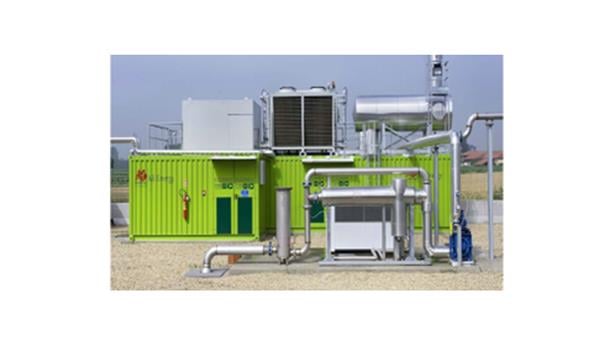
System designed to dehumidify biogas for valorisation. The company supplies the necessary cooling systems to condense the humidity, as well as heat exchangers, droplet separators, and even other subsequent heat exchangers if they are necessary to reheat the gas.
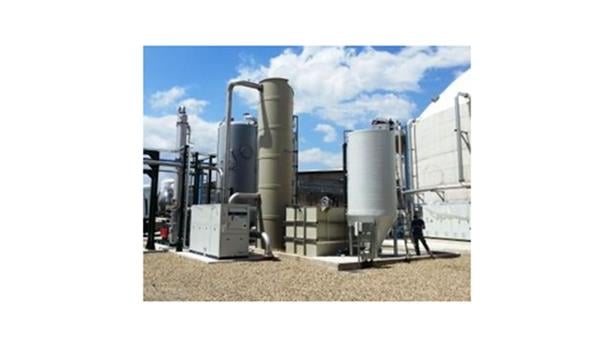
Chemical-regenerative system for efficient H2S removal from biogas with high H2S concentrations.
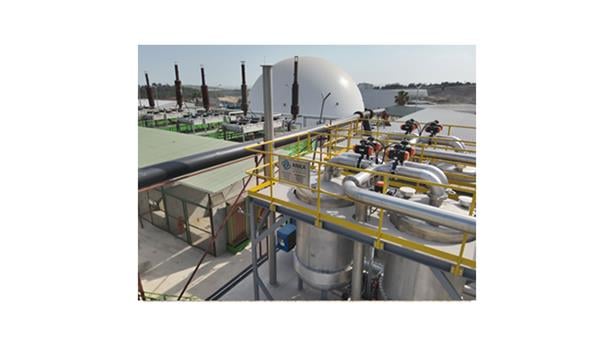
Thermally regenerable adsorption system designed to efficiently remove high concentrations of VOCs and siloxanes from biogas, reducing operational costs compared to activated carbon.
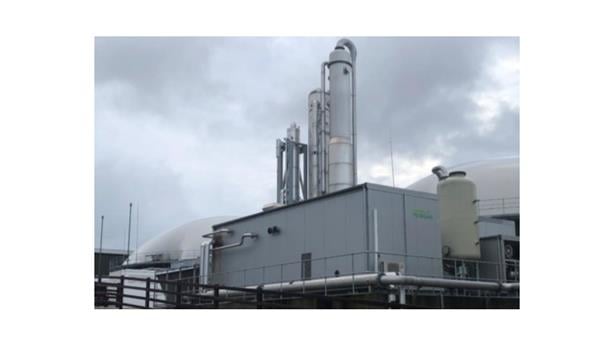
We offer biogas upgrading solutions using CApure™ — a 4th-generation amine-based technology. This low-pressure, closed-loop system enables efficient biomethane production for grid injection, vehicle fuel, or liquefaction, with minimal amine replacement (once per year).
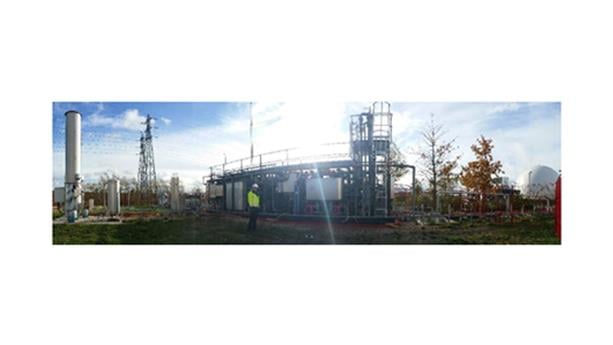
Solution using CryoFuel® technology. This cryogenic process separates gas components based on their condensation temperatures, enabling efficient enrichment.
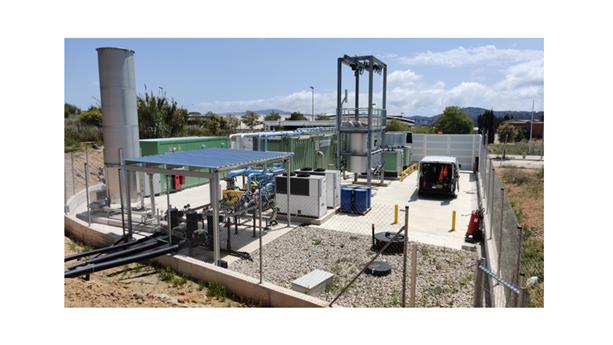
Advanced biogas upgrading using the VALOPUR® membrane system. This technology separates CH4 from CO2 based on their different permeation rates, delivering high-purity biomethane.
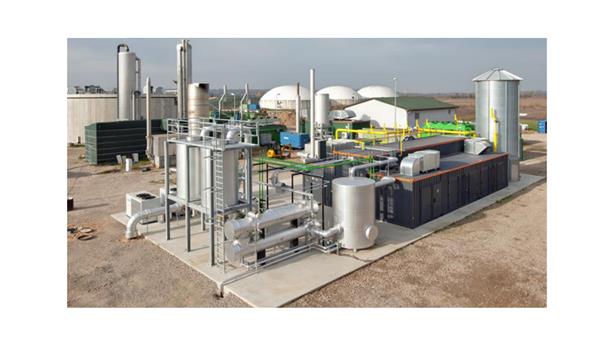
Biogas upgrading solution using SmartCycle® PSA technology. This system separates CO2 and other impurities through pressure swing adsorption, producing high-quality biomethane equivalent to natural gas.
Real-time monitoring of GHG emissions is essential for optimising environmental performance. Our solution allows operators to:
In situ monitoring stations
Advanced atmospheric modelling
Real-time data analysis
ClimateAdvanced® Sentinel platform
Preparation for adaptation financing Green Funds.
Benefits:
Decrease both air pollution and greenhouse gases and adapte to extreme events.
Benefits targeted
Analysis of the impact of climate scenarios on food security including natural resources:
Assessing climate vulnerability on food security:
The project includes 3 main tasks:
The project will benefit to 15 countries in Africa: Malawi, Ghana, Uganda, Lesotho, Nigeria, Seychelles, Swaziland, Zimbabwe, Eritrea, Gambia, Cameroon, Mauritania, Togo, Angola, Sao Tome.
We have defined a very flexible methodology including quantitative, semi-quantitative and qualitative approaches in order to adapt our methods and their output to the needs of the governments; their objectives and the capacities of each country